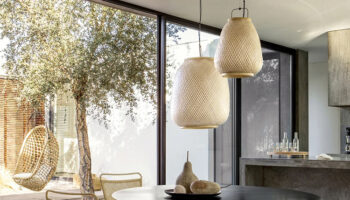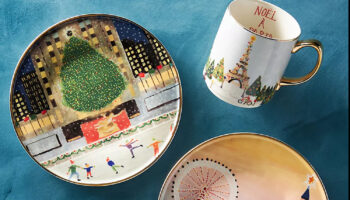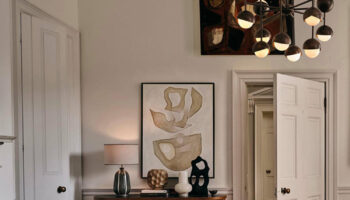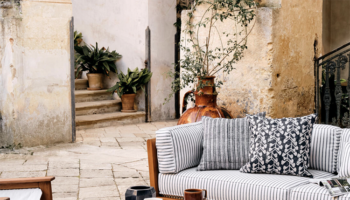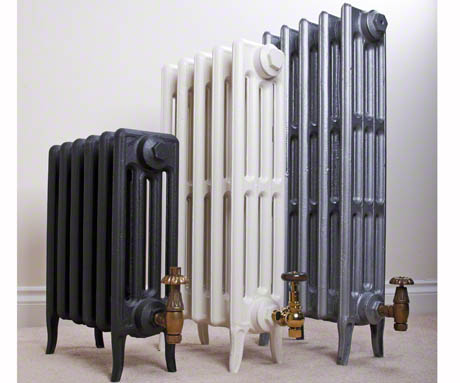
So the first crisp breeze of autumn has sliced its way through the air and thoughts are turning to warm toasty evenings, cashmere socks and bowls of hot soup. Or at least to putting the heating on.
For most of us that means firing up a series of ugly white steel boxes that we try to disguise behind covers, curtains and cupboards. But those days are over. Designers have finally turned their attention to the humble radiator and turned it into a piece of modern art.
Driven partly by the need to find more environmentally friendly solutions and partly by the wealth of materials out there, radiators now come in all sorts of shapes, materials and colours. Of course you can still hunt down the reproduction Victorian one, but those flashy chrome ones are no longer just for hot towels. There are round steel plates, hot boxes, even stone radiators and clear glass ones.
Suddenly choosing the radiators is no longer about asking the plumber to pick one up on his way to your house. Selecting one of these makes finding a sofa look like child’s play.
Here we look at the different types of radiators out there and assess the pros and cons for each room of the house as well showing you some, frankly amazing pictures of just what’s available. You’ll be wanting to rip out those white boxes in no time.
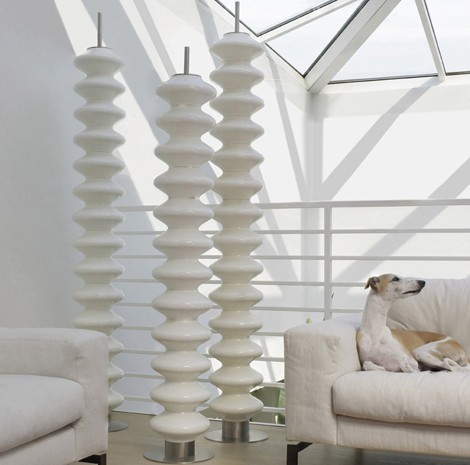
HOW BIG SHOULD MY RADIATOR BE?
This is the first crucial step and frankly the easiest way is to call your plumber and ask him to do it before you buy anything. If you are determined to be self sufficient then you can either do it in watts or British Thermal Units. Work out the volume of the room in cubic metres (length x height x width) then for sitting rooms multipy by 50, bedrooms 40, halls, stairs and kitchens 30 and bathrooms by 90. Add 15 per cent for north facing rooms and 20 for french windows or deduct 10 per cent for double glazing. If your house is less than 20 years old take off another 30 per cent. That number is the size of radiator you need in Watts. Multiply by 3.412 for BTUs.
As I said – call the installer.
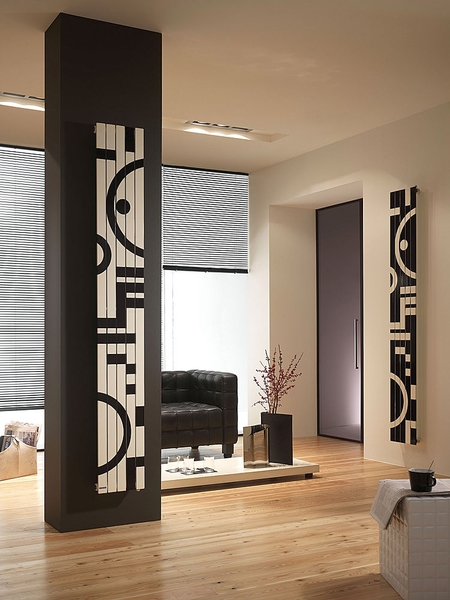
WHAT IS THE GREENEST HEATING CHOICE?
For those of us who can’t afford to replace our central heating with ground source heat pumps, which is the newest and best way to heat our homes, one simpler option is to swap stainless steel radiators for recycled aluminium. They use a very low water content which means they can heat up quickly and will reduce your energy use.
Then fit thermostatic radiator valves. TRVs automatically control the heat output so that the room never gets too hot. If the sun is streaming through the window, they will regulate the temperature accordingly. Used in conjunction with a timer system on the central heating, energy is only used when necessary.

WHAT ARE RADIATORS MADE FROM?
There is a huge variety of materials available. Katie Findlay, co-owner of Feature Radiators, one of the biggest suppliers of specialist contemporary and traditional radiators in the UK, gives her verdict.
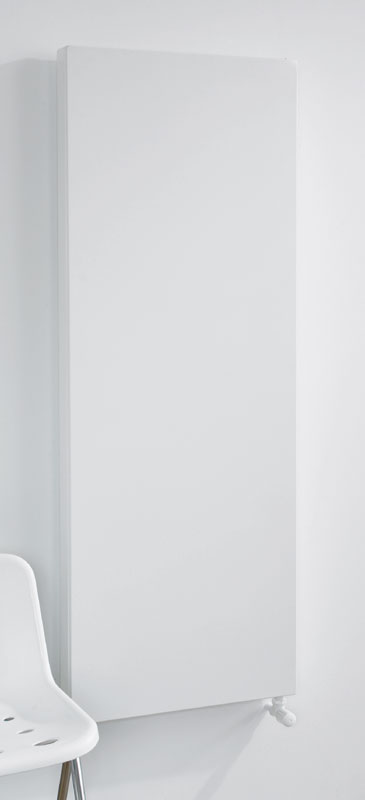
Aluminium
Lightweight, easy to install and has terrific heat output for the size. The other advantage is that they are quick to heat up, although of course quicker to cool down so you won’t get the residual heat of other materials. Aluminium is also reasonably priced and popular in both modern and period homes as the flat fronted panels make them quite discreet.
Cast Iron
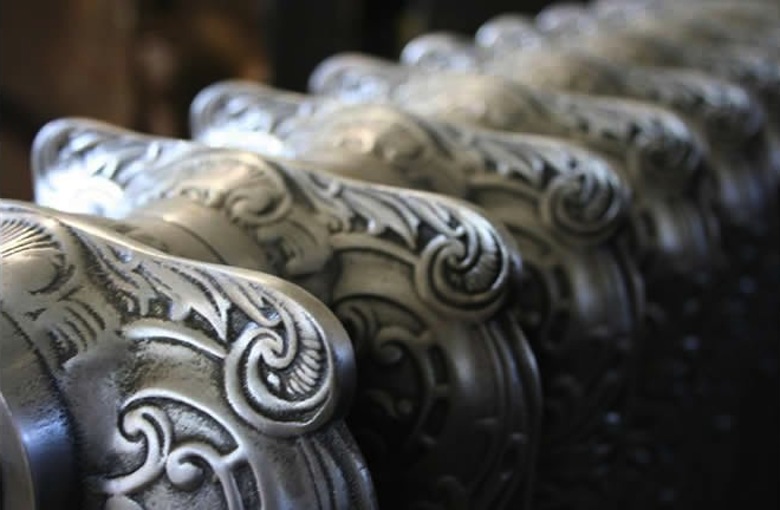
Everybody wants the original cast iron Victorian radiators but if you do find the perfect reclaimed one, you will have to find someone to restore it. It’s very hard to assess its heat output to know if it’s the right size for the room and sometimes it’s impossible to spot a tiny leak. If you do find it has problems you have no recourse if you bought it as seen from the salvage yard.
But if you buy reproduction it will come with a guarantee, and, in many cases, you have even have it professionally sprayed to the colour you want.
Cast iron does take a while to get going but it retains the heat very well. You might want to turn them on about 90 minutes before you want to room to be warm, but you can turn them off earlier as well. They also tend to give a good undulating heat right round the room rather than the quick intense burst you get from steel. This means they are great in old houses as they warm the fabric of the house itself.
If you have cast iron it can be a good idea to add a third short heating period in the middle of the day, which will reduce that long heating up time, which means the house will be warm all day and all night.
Stainless Steel
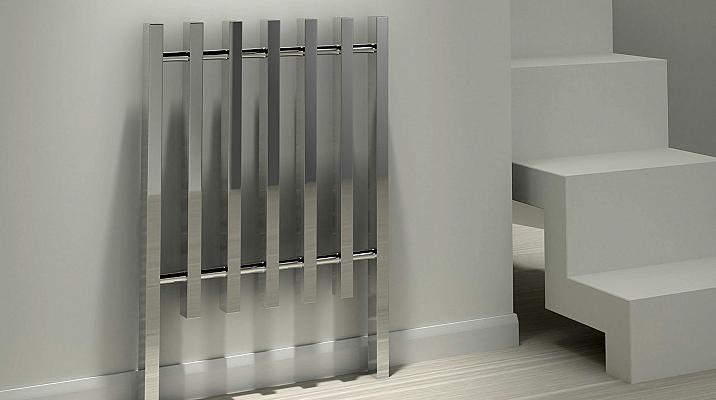
Good for bending into sexy shapes, this is often the contemporary style of choice. It lasts well and is very efficient. However, do bear in mind that you won’t be changing your radiators that often so if you do go for a really unusual look, think about whether you can live with it for a long time.
Stone
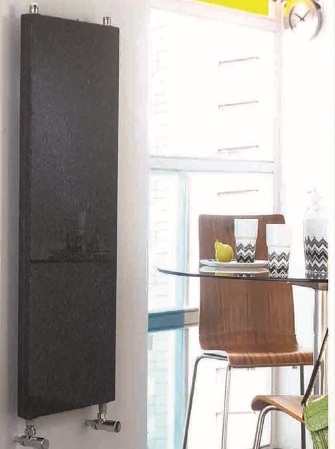
Natural materials are coming through now. Marble which is a fantastic heat retainer and looks great in a bathroom. It’s basically just a slab of marble with the wires hidden behind and you can have it with a rail attached for a towel.
Glass

Edd Payton from The Glass Radiator Company says glass is a dream product for radiators. They are electric but come with their own thermostats and have no visible pipes or wires. “It just looks like a window but it heats up,” he says. Basically the glass is covered with a clear film that does the heating. Or you can have one that looks like a mirror. An expensive product in the UK, they are very popular in France, where electricity is cheap. Having said that, these cost around 2p an hour to run. But it will cost you around £1,000 to buy one.
DO I HAVE TO PUT THEM UNDER THE WINDOW?
Traditionally radiators have been put under windows as they work best in the coolest part of the room but that’s not strictly necessary. Work out how you want your furniture and take it from there. If you have floor length curtains however it might not be sensible to have the radiator under the window as it will be hard for the heat to push its way back into the room. Or you can trim the curtains.
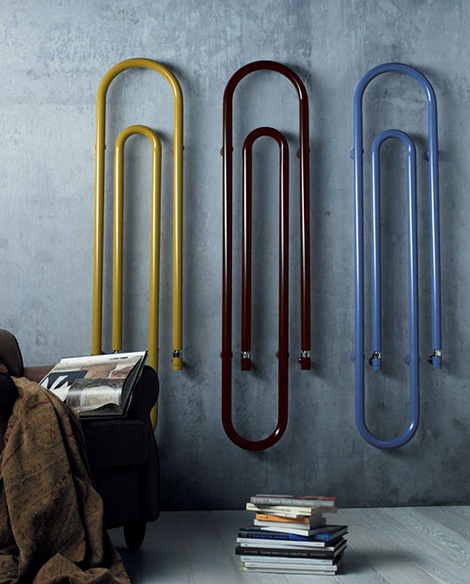
CAN I PAINT MY EXISTING RADIATORS?
You will never get the professional job that spraying would do, but yes it’s perfectly possible to paint the boring old white ones. Findlay recommends using car spray, which, she says, is perfectly adequate for the job. “It’s designed to cope with extremes of temperature and has be tough enough to withstand a great deal of abuse.: “You can use emulsion, if you want to match the walls, but it will crack and peel.”
SHOULD I BUY ELECTRIC RADIATORS?
In general you would use these if you have built an extension and don’t want to go through the upheaval of adding to your existing central heating system; for example in the conservatory. Or if you needed extra heat in one particular room for whatever reason – an elderly parent coming to stay, or if you were in a listed building and weren’t allowed to install it.
Many radiators come in both freestanding electric and versions that you can add to your system though so do check.
DO HEATED TOWEL RAILS WORK?
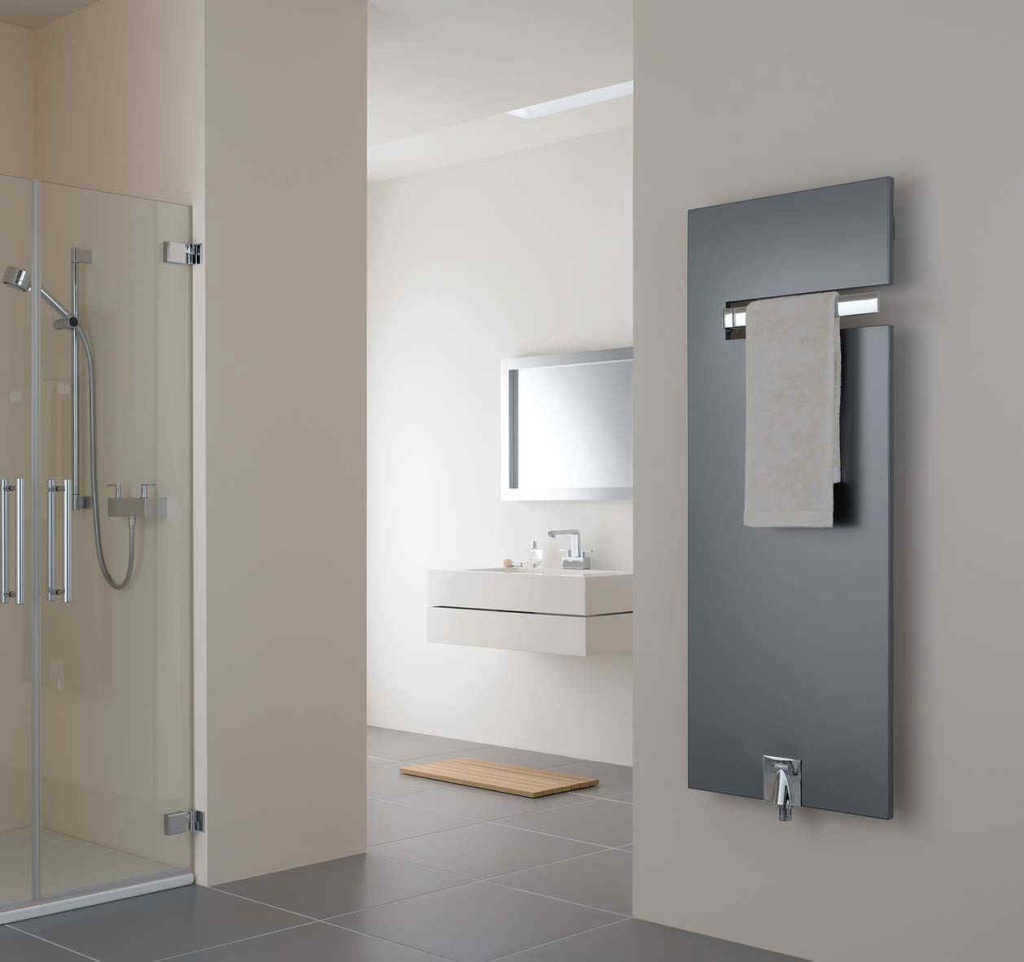
Yes, if you buy the right one. You do need to consider if it is the sole source of heat for the room because if that’s the case and you cover it in towels then there won’t be much space left for heating the room. But if you are going to have a radiator as well then the dedicated rails are perfect for warming the towels.

